As we edge closer to spring, your training should be in full swing as the start of the race season is just around the corner.
While working hard with your training there is another area of preparation that is worth looking at that could have a big impact on your race performance that many of you will forget to think about.
Most of us like to target a big event every year and with so many Ironman events around the globe this event will probably require you to travel. Travel while exciting does require a lot of preparation and for the athlete even more so as you have to take a lot of race day essentials with you along with the added issue of packing a bike and reassembling the bike at your destination.
While all this may seem simple and straight forward, I highly recommend you have a practice run before the big event as a lot can go wrong and it will give you more of an idea about what you need ready and in place.
This practice takes place for a lot of athletes when they head off to an early season training camp, a luxury not possible for all but one you can replicate even by heading away for a night or long weekend. It is not about getting away at this time more so just having a practice run at preparation.
First step is always going to be writing a list and getting together all you will need on race day. I like to run through the individual sports when making my list to make sure I do not forget anything and then move on to packing the bike. So lets look at some essentials:
SWIM
- wet suit / speed suit / race suit
- goggles / hat / neoprene hat if cold swim / body glide or similar lubricant
BIKE
- bike / helmet / shoes / glasses / race belt / water bottles / socks / talc / salt tablets
RUN
- shoes / visor / number belt / socks / watch
The basics are covered above, but you may want to add to these. Get everything out or make sure you have everything and then see if you have a bag that will take everything you need. If you are flying to your race you also need to consider weight as you will be restricted and may have to limit what you pack.
Once you have these essentials packed you need to look at packing your bike, even if you are good at taking apart your bike it is good to practice packing your bike into your case and making sure everything fits, also while doing this you may find screws and other things on the bike that are worn and need replacing. Seat post clamps are a big one here that regularly break and get worn down as they are very fragile – having a spare is never a bad thing. These items tend to not be kept in stock at most local bike shops and it is not something you want to discover is broken or needs replacing before traveling out to your main event or worse still when you arrive and set your bike up for the race.
Make sure you measure up seat post height, handlebar height and saddle position before taking your bike apart to make sure it is easy to get your normal position for race day. Even a slight change from your training position will have a major impact on your biking performance and can lead to cramping and also an aching back when you move from the bike to run.
If you are just traveling by car you may not need to dismantle your bike at all, but once you arrive at your destination make sure you check all the screws are still tight. The vibrations from travel can loosen off screws leading to disaster on race day – it is very common to see people’s handlebars for example come loose on race day and such a simple thing can prevent you finishing the event.
Once you have your bike packed there are other things you need to pack with your bike, spare inner tubes are one essential as you need to make sure you have the correct valve size and these may not be available at your destination. Also race day nutrition, if you have trained with one product make sure you travel with enough for race day as you do not want to be trying out a new product on race day or hunting around at your race destination for your favorite product only to find its not available.
PRO TIP
One of the major risks when your travel includes flights is that your bags will simply not turn up at your destination. This happens a lot more than you might think with bike boxes and this fact should influence how you pack certain essentials. If your bike does not turn up you may well be able to hire a bike at the race, to make this less stressful have a full set of measurements ready and also having your own pedals and shoes will make the replacement bike feel more like your own. I would always recommend traveling with your bike shoes, pedals, wet suit and run shoes in your hand baggage so there is no possibility you will arrive at the race without them.
Once you have sorted out all your packing and you are ready to travel, its a good idea to try and get a feel for your destination, knowing the layout of the area and where everything you might need is will help. Google earth is a great help here as you can get a very good feel for an area without leaving your living room, you can check your accommodation location and the surrounding area for shops and other local amenities.
While all this may seem way over the top, trust me if you leave all this until race week you could end up getting caught out by the most basic item and it can have a devastating effect on your race.
Enjoy your training!
By Alun “Woody” Woodward
———
Train with ironguides!
Personalized Online Coaching: Starting at USD190/month
Monthly Training plans (for all levels, or focused on one discipline): Only USD39/months
Event based training plans:
Sprint Distance (USD45 for 8-week plan)
Olympic Distance (USD65 for 12 week plan)
Half Ironman (R$95 for 16-week plan)
Ironman (USD145 for 20-week plan)
X-Terra (USD65 for 12-week plan)
Running Plans (10k, 21k and 42k – starting at USD40)
ironguides is the leading Lifestyle Facilitation company for athletes of all abilities. We provide coaching and training services, plans and programs, as well training education, health and fitness products to help you learn and live a healthy lifestyle. Come get fit with one of our monthly training subscriptions, event-specific training plans, coaching services, a Tour de France bike tour or a triathlon training camp in an exotic location! ironguides also provides Corporate Health services including Corporate Triathlons, Healthy Living retreats and speaking engagements. At ironguides, your best is our business!

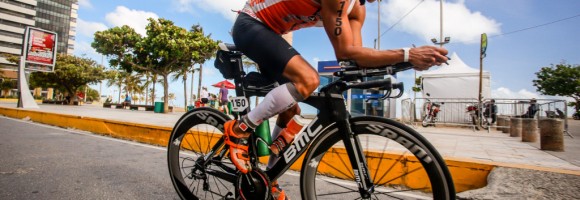

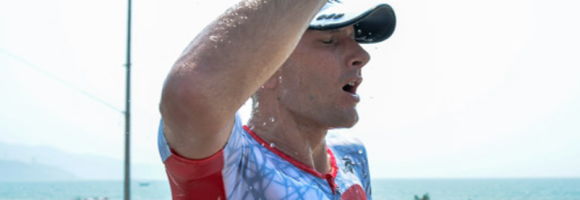
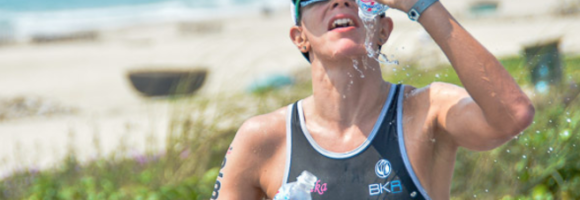



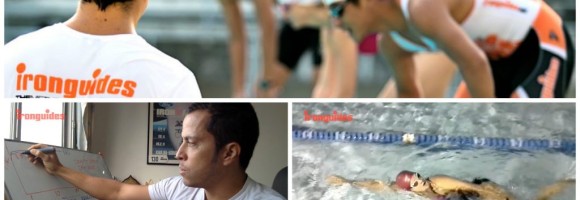
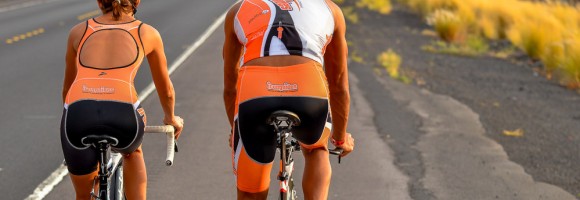
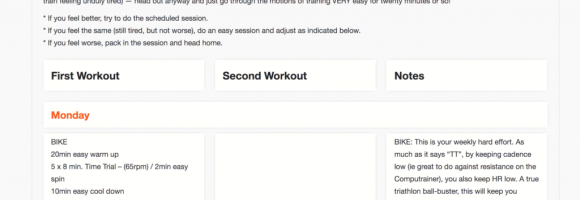
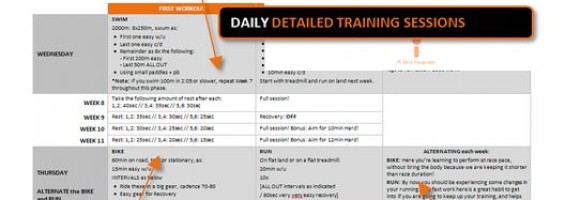
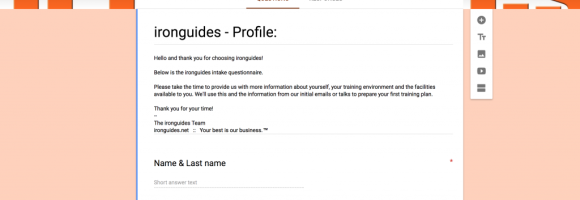
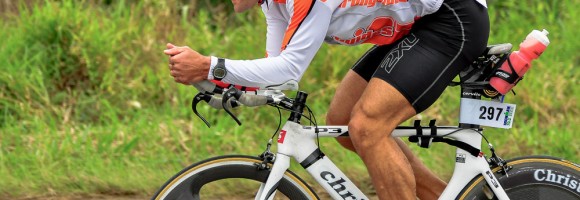
Recent Comments